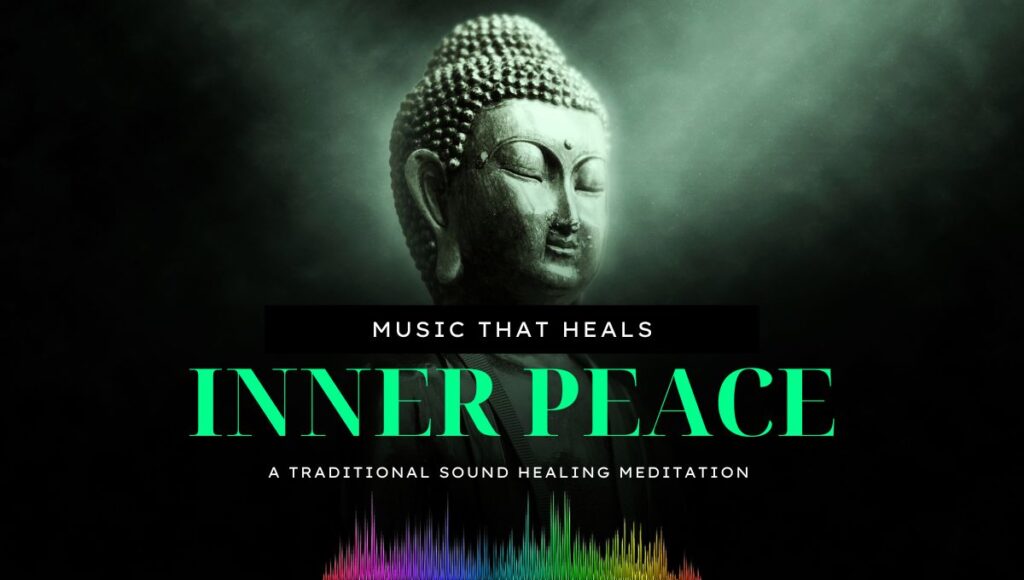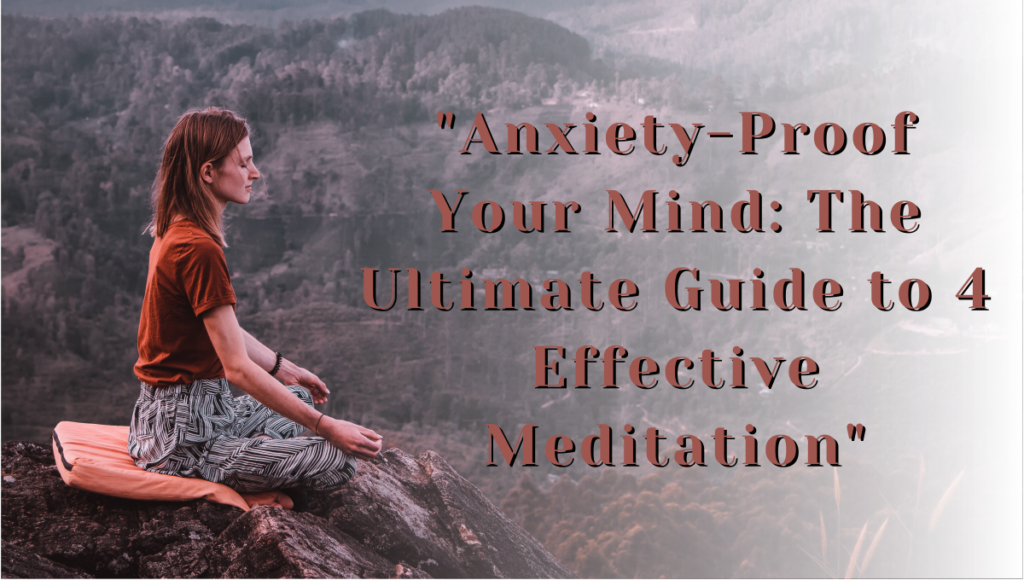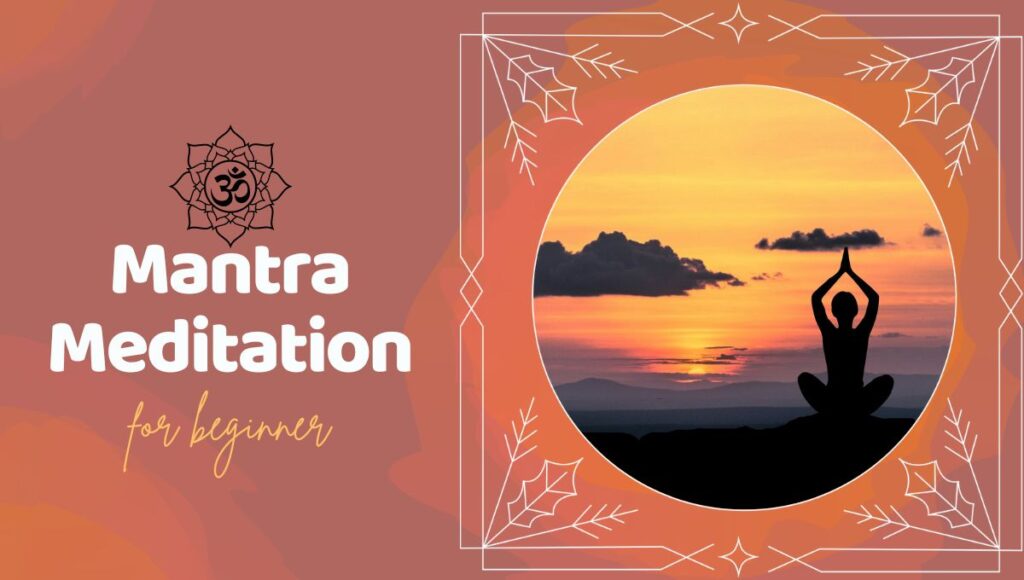Vipassana Meditation: 7 Pros and Cons. Is It Right for You? 🧘♂️
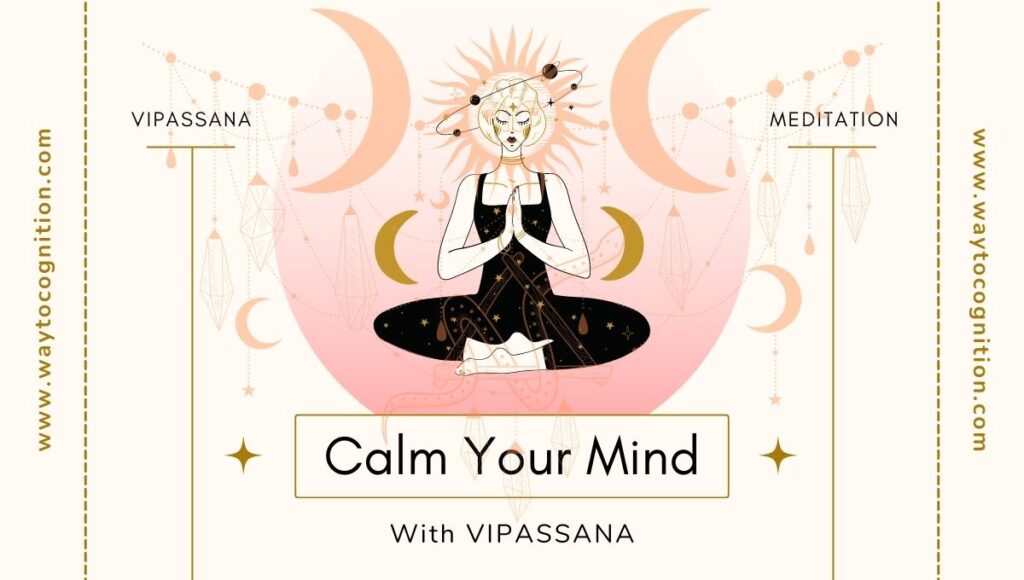
Have you ever wondered what it would be like to see things as they really are, without any filters or biases? To experience the true nature of reality, beyond the illusions of the mind? To achieve a state of inner peace and happiness, free from suffering and attachment? 🙏
If you answered yes to any of these questions, then you might be interested in Vipassana meditation, one of the oldest and most powerful techniques of mindfulness meditation. Vipassana, which means “special seeing” in Pali, is a method of self-observation that was taught by the Buddha more than 2500 years ago as a universal remedy for universal ills. 🌎
Vipassana meditation is not a religion, a philosophy, or a belief system. It is a practical and scientific way of training the mind to be more aware, more focused, and more equanimous. It is a way of purifying the mind from mental impurities, such as greed, hatred, and ignorance, that cause suffering and dissatisfaction. It is a way of developing insight into the impermanent, unsatisfactory, and selfless nature of all phenomena, leading to liberation and enlightenment. 🌟
But how does Vipassana meditation work? What are the benefits and challenges of practicing it? And how can you get started with this ancient technique in the modern world? In this blog post, we will answer these questions and more, by exploring the pros and cons of Vipassana meditation. We will also provide some tips and resources to help you learn and practice this technique at home or at a retreat center. 🏠
Let’s begin by looking at how Vipassana works
How Vipassana Meditation Works on Your Brain 🧠
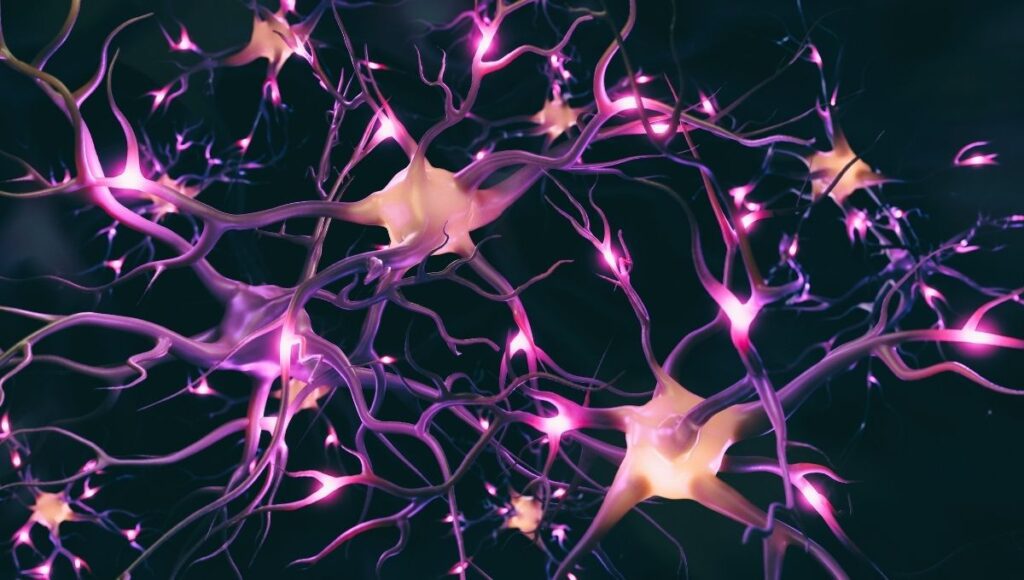
One of the most awesome things about Vipassana meditation is how it changes your brain. Your brain is like a supercomputer that controls everything you do. And Vipassana meditation can make your brain even better. How? By using some cool tools called neuroimaging techniques, such as MRI and EEG, that can measure your brain activity and connectivity. These tools have shown that Vipassana meditation can:
Make your brain bigger and stronger. Your brain is made of billions of cells called neurons, which are responsible for processing information and thinking. And Vipassana meditation can make your neurons grow and multiply in areas related to attention, emotion regulation, learning, memory, and self-awareness. For example, a study showed that Vipassana meditators had thicker brains in the anterior insula, which is involved in feeling your body and feeling for others.
Make your brain more connected and integrated. Your brain is not just a bunch of neurons, but a network of neurons that communicate and coordinate with each other. And Vipassana meditation can make your network more efficient and effective in regions related to attention, awareness, emotion regulation, and executive control. For example, a study showed that Vipassana meditators had more connections between the default mode network (DMN) and the salience network (SN). The DMN is involved in daydreaming and self-referencing, while the SN is involved in detecting and responding to important stimuli. The more connections between these networks mean that Vipassana meditators can switch more easily between different modes of attention and awareness.
Make your brain more flexible and adaptable. Your brain is not just a network of neurons, but a dynamic system of neurons that change according to your goals and situations. And Vipassana meditation can make your system more versatile and responsive by changing your brain waves according to your meditation objectives and stages. For example, a study showed that Vipassana meditators had increased theta waves during the initial stage of concentration on the breath, increased alpha waves during the intermediate stage of body scanning, and increased gamma waves during the advanced stage of insight into impermanence. These changes mean that Vipassana meditators can improve their focus, relaxation, and awareness by adjusting their brain activity.
These findings mean that Vipassana meditation can improve your brain health and performance by making your brain bigger, stronger, more connected, integrated, flexible, and adaptable.
The Pros of Vipassana Meditation
Vipassana meditation has many benefits for both your physical and mental health. Here are some of the most common ones: 💯
1. It reduces stress and anxiety 😰

One of the main reasons why people meditate is to cope with stress and anxiety, which are common problems in today’s fast-paced and competitive world. Stress and anxiety can have negative effects on your health, such as high blood pressure, insomnia, depression, and weakened immunity. 😷
Vipassana meditation can help you reduce stress and anxiety by teaching you how to calm your mind and body, and how to observe your thoughts and emotions without reacting to them. By doing so, you can break the cycle of negative thinking and worrying that often triggers stress and anxiety. You can also learn to accept the present moment as it is, without resisting or avoiding it. 🙌
Studies have shown that Vipassana meditation can lower your cortisol levels (the stress hormone), improve your mood, enhance your coping skills, and increase your resilience. For example, a 2014 study found that participants who took a 10-day Vipassana course had lower self-reported stress levels than those who did not take the course. They also reported higher levels of mindfulness, self-kindness, and well-being. 👏
2. It improves your concentration and memory 🧠
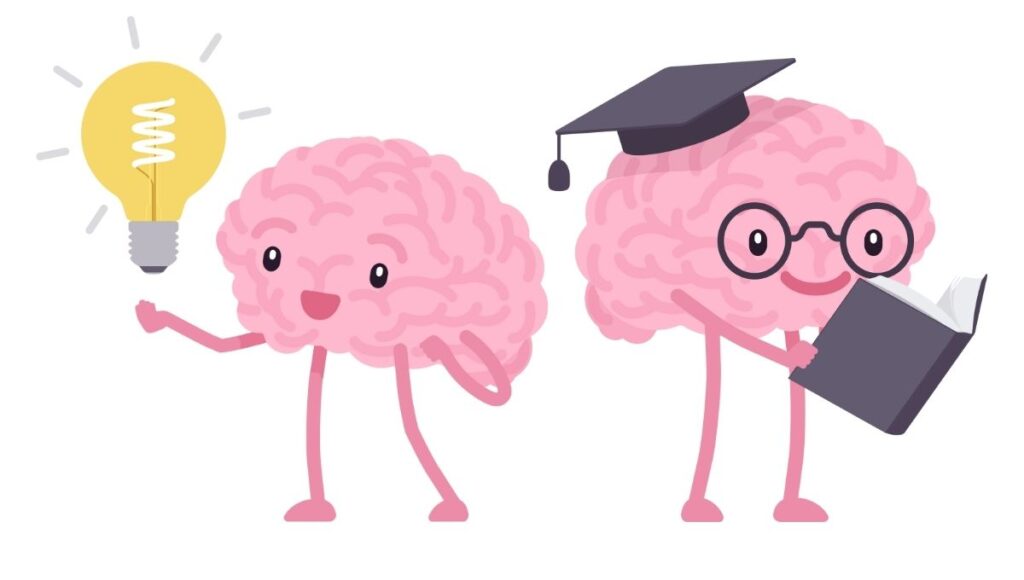
Another benefit of Vipassana meditation is that it can boost your concentration and memory. This can help you perform better at work, school, or any other activity that requires mental focus and clarity. 💯
Vipassana meditation trains your mind to be more attentive and alert by teaching you how to focus on your breath and body sensations. This helps you develop a stable and sharp awareness that can be applied to any object of attention. By doing so, you can improve your ability to filter out distractions, retain information, recall details, solve problems, and make decisions. 💡
Studies have shown that Vipassana meditation can increase your brain activity in areas related to attention, learning, memory, and executive function. For example, a 2018 study found that the participants who practiced Vipassana meditation for eight weeks had improved performance on cognitive tasks that measured attention span, working memory, mental flexibility, and inhibitory control. 🙌
3. It enhances your emotional intelligence 😊
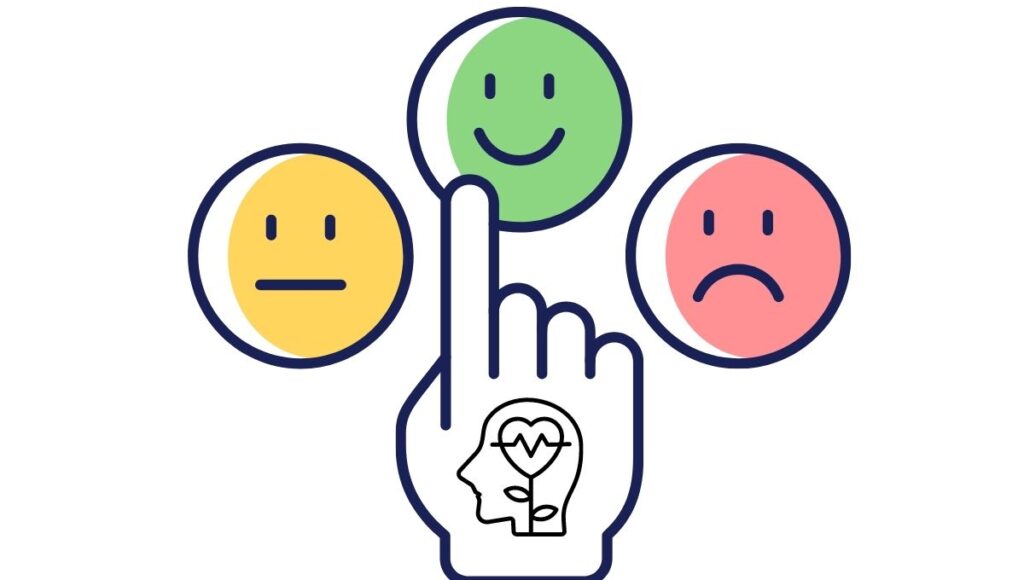
Emotional intelligence is the ability to understand and manage your own emotions, as well as the emotions of others. It is an essential skill for building healthy relationships, communicating effectively, empathizing with others, resolving conflicts, and expressing yourself. 💕
Vipassana meditation can help you improve your emotional intelligence by teaching you how to observe your emotions without judging or suppressing them. By doing so, you can become more aware of your emotional patterns, triggers, and reactions, and learn how to regulate them in a healthy way. You can also develop more compassion, kindness, and forgiveness towards yourself and others, by realizing that everyone is subject to the same laws of nature and suffering. 🙏
Studies have shown that Vipassana meditation can increase your emotional awareness, empathy, and social skills. For example, a 2011 study found that participants who practiced Vipassana meditation for nine weeks had higher levels of emotional intelligence and lower levels of perceived stress than those who did not practice. 👏
4. It fosters your spiritual growth 🌟
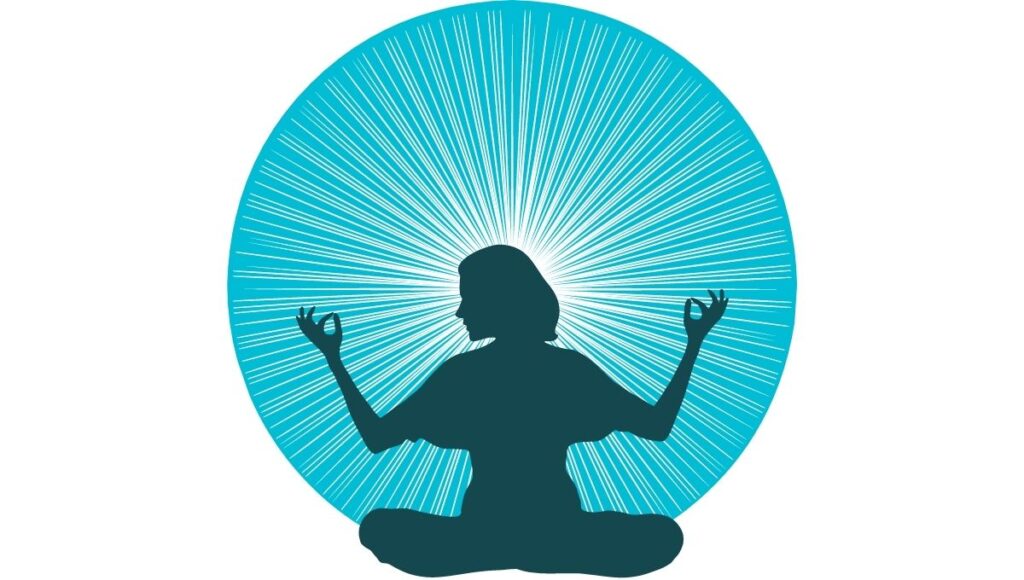
Vipassana meditation is not only a technique for improving your health and well-being, but also a path for spiritual growth and awakening. It is a way of exploring the deepest aspects of your existence, such as the nature of your mind, the source of your suffering, and the meaning of your life. 🙌 Vipassana meditation can help you foster your spiritual growth by teaching you how to see things as they really are, beyond the illusions of the ego, the senses, and the concepts. By doing so, you can discover the true nature of reality, which is impermanent, unsatisfactory, and selfless. You can also realize the true nature of yourself, which is not a separate and fixed entity, but a dynamic and interdependent process. 🌊 By gaining insight into these truths, you can free yourself from the attachments, cravings, and aversions that cause suffering and dissatisfaction. You can also experience a state of inner peace, joy, and freedom that is not dependent on external conditions. You can also develop a sense of connection, harmony, and compassion with all living beings. 🌈 Vipassana meditation can lead you to the ultimate goal of enlightenment, which is the complete liberation from ignorance and suffering. This is the state of Nirvana, which is the highest happiness and the end of all rebirths. This is also the state that the Buddha attained after practicing Vipassana meditation under the Bodhi tree. 🌸
The Cons of Vipassana Meditation
Vipassana meditation is not a magic bullet that can solve all your problems and make you happy overnight. It is a challenging and demanding practice that requires commitment, discipline, and patience. It also has some potential drawbacks and difficulties that you should be aware of before you start. Here are some of the most common ones: 😕
1. It can be boring and frustrating 😴

One of the main challenges of Vipassana meditation is that it can be boring and frustrating at times. This is because it involves sitting still for long periods of time, focusing on your breath and body sensations, and observing your thoughts and emotions without engaging with them. This can seem dull, repetitive, and uninteresting to some people, especially those who are used to more stimulating and exciting activities.
Moreover, Vipassana meditation can also bring up unpleasant feelings and memories that you may have been avoiding or suppressing for a long time. This can cause discomfort, pain, fear, anger, sadness, or guilt to arise in your mind. These emotions can be difficult to deal with and may tempt you to quit or distract yourself from the practice.
The key to overcome boredom and frustration is to understand that they are natural and inevitable parts of the meditation process. They are also signs that you are making progress and that you are becoming more aware of your mind and its contents. Instead of resisting or reacting to them, you should accept them as they are and observe them with curiosity and equanimity. By doing so, you will learn to see them as impermanent phenomena that come and go without affecting your true nature.
2. It can be physically uncomfortable 😖

Another challenge of Vipassana meditation is that it can be physically uncomfortable for some people. This is because it requires sitting in a cross-legged position for an hour or more at a time, without moving or changing posture. This can cause stiffness,soreness, numbness, or tingling in your legs, back, neck, or shoulders. It can also affect your blood circulation, breathing, and digestion.
The key to overcome physical discomfort is to find a comfortable position that suits your body type and flexibility. You can use a cushion, a mat, a chair, or any other support that helps you maintain an upright and relaxed posture. You can also adjust your position slightly if you feel too much pain or discomfort. However, you should avoid moving too much or too often, as this will disturb your concentration and awareness.
You should also remember that physical discomfort is not a sign of failure or weakness,but an opportunity to practice Vipassana meditation more deeply. By observing your physical sensations with detachment and equanimity, you will learn to see them as impermanent phenomena that arise and pass away without affecting your true nature.
3. It can be mentally challenging 🤯
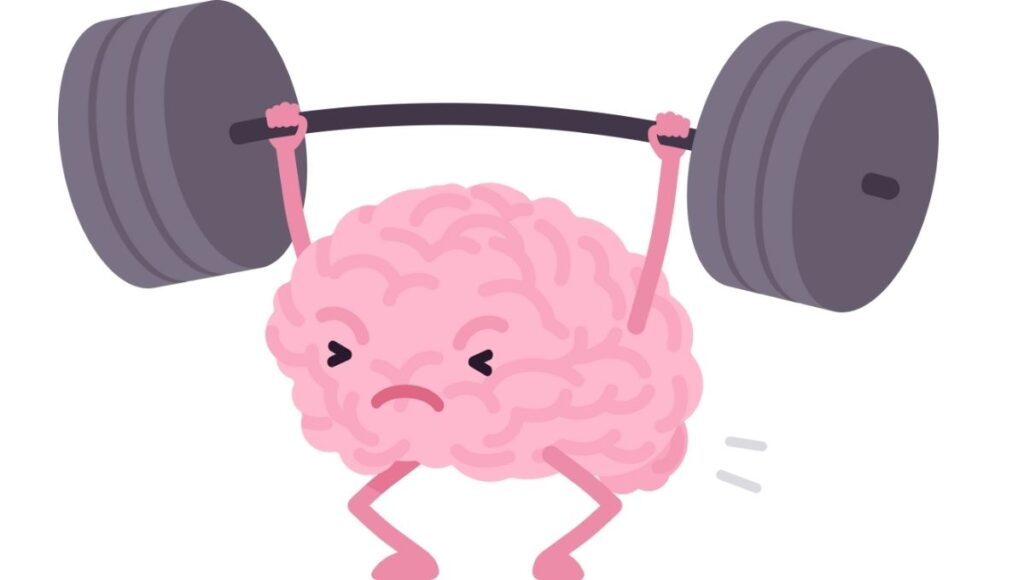
A third challenge of Vipassana meditation is that it can be mentally challenging for some people. This is because it requires a high level of concentration, alertness, and mindfulness to observe your breath and body sensations without losing focus or falling asleep. It also requires a high level of wisdom, insight, and discernment to see things as they really are without being influenced by your opinions, beliefs, or expectations.
The key to overcome mental challenges is to practice Vipassana meditation regularly and consistently. The more you practice, the more you will develop your mental faculties and skills. You will also become more familiar and comfortable with the technique and the process. You will also gain more confidence and trust in yourself and the practice.
You should also remember that mental challenges are not a sign of failure or weakness, but an opportunity to practice Vipassana meditation more deeply. By observing your mental phenomena with detachment and equanimity, you will learn to see them as impermanent phenomena that arise and pass away without affecting your true nature.
How to Get Started with Vipassana Meditation
If you are interested in learning and practicing Vipassana meditation, there are several ways to get started. Here are some of the most common ones:
1. Take a 10-day course at a retreat center 🏕️
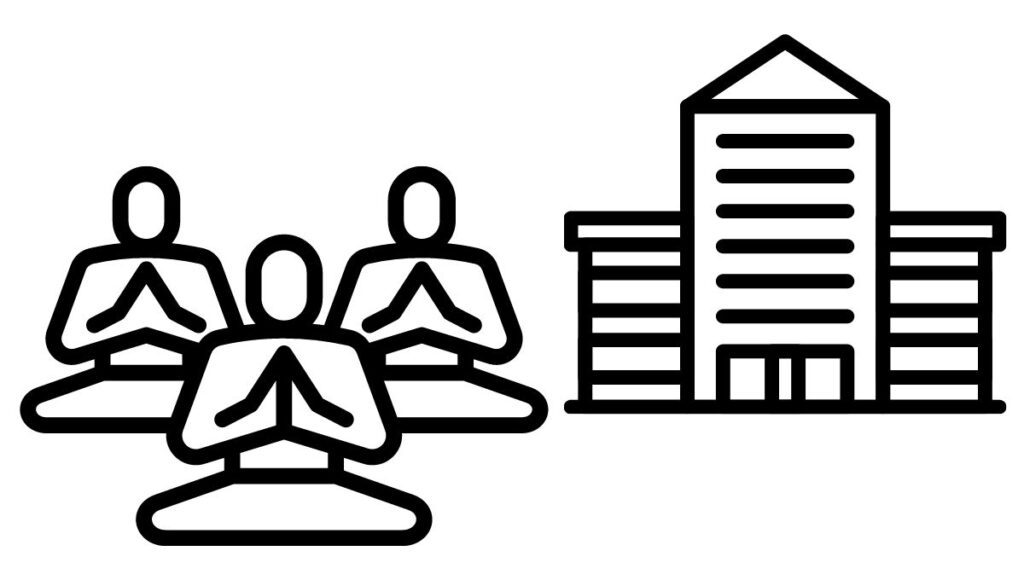
One of the best ways to learn Vipassana meditation is to take a 10-day course at a retreat center that follows the tradition of S.N. Goenka, one of the most renowned teachers of this technique. These courses are offered in more than 200 centers around the world, and they are free of charge, as they are funded by donations from previous students.
A 10-day course is an intensive and immersive experience that will teach you the theory and practice of Vipassana meditation in a systematic and progressive way. You will follow a strict schedule that includes about 10 hours of meditation per day, along with instructions, discourses, interviews, and group sessions. You will also observe a code of discipline that includes abstaining from killing, stealing, lying, sexual activity, intoxicants, eating after noon, entertainment, cosmetics, and communication.
A 10-day course is not a vacation or a spa retreat. It is a serious and rigorous training that requires your full commitment and dedication. It is also a challenging and rewarding journey that will test your limits and transform your life.
If you want to take a 10-day course, you can find a center near you and apply online at [Dhamma.org]. You should also read the [Code of Discipline] carefully before you apply, as it contains important information and rules that you need to follow during the course.
2. Learn online or from a book 📚

Another way to learn Vipassana meditation is to use online or offline resources that can guide you through the basics of the technique. There are many websites, apps, books, videos, podcasts, and articles that can teach you how to practice Vipassana meditation at home or anywhere else.
However, you should be careful about the quality and authenticity of the sources that you use, as not all of them may follow the original teachings of the Buddha or S.N. Goenka. You should also be aware that learning from these sources may not be as effective or comprehensive as taking a 10-day course at a retreat center.
Some of the online or offline resources that I recommend are:
– [Vipassana Meditation]: This is the official website of S.N. Goenka’s tradition, where you can find information about the technique, the courses, the centers, and other related topics.
– [Dhamma.org Mobile App]: This is the official app of S.N. Goenka’s tradition, where you can access audio and video materials for learning and practicing Vipassana meditation.
– [The Art of Living: Vipassana Meditation]: This is a book by S.N. Goenka that explains the theory and practice of Vipassana meditation in a clear and simple way.
– [Mindfulness in Plain English]: This is a book by Bhante Henepola Gunaratana that explains the theory and practice of mindfulness meditation in a clear and simple way.
– [Insight Timer]: This is a popular app that offers thousands of guided meditations, courses, and music tracks for various purposes and levels of experience.
– [10% Happier]: This is a podcast and an app that features interviews, stories, and tips from experts and celebrities who practice meditation and mindfulness.
3. Join a local group or community 🙋♂️

A third way to learn Vipassana meditation is to join a local group or community that practices this technique. This can help you find support, guidance, and motivation from other like-minded people who share your interest and passion for meditation. You can also learn from their experiences, challenges, and insights, and share your own with them.
There are many groups and communities that offer Vipassana meditation sessions, workshops, retreats, and events in different locations and formats. You can find them online or offline, depending on your preference and availability. Some of them may follow the tradition of S.N. Goenka, while others may follow different traditions or teachers.
Some of the online platforms that I recommend are:
– [Dhamma Service]: This is a website that connects volunteers who want to serve at Vipassana meditation centers around the world. You can apply for various roles and tasks, such as cooking, cleaning, gardening, or registration, and contribute to the smooth running of the courses. You can also benefit from the meditative atmosphere and the opportunity to practice Vipassana meditation yourself.
– [Meetup]: This is a website that helps you find and join local groups that share your interests and hobbies. You can search for Vipassana meditation groups in your area and join them for regular sessions, workshops, retreats, and events. You can also create your own group and invite others to join you.
– [Reddit]: This is a website that hosts online communities where you can discuss various topics and issues with other users. You can join the [r/vipassana] subreddit, which is dedicated to Vipassana meditation. You can ask questions, share experiences, give advice, request feedback, and find resources related to this technique.
– [Facebook]: This is a website that connects you with your friends and family online. You can also use it to find and join groups that are related to Vipassana meditation. You can search for groups by name or location, and join them for updates, discussions, posts, videos, photos, and events.
Conclusion 🎉
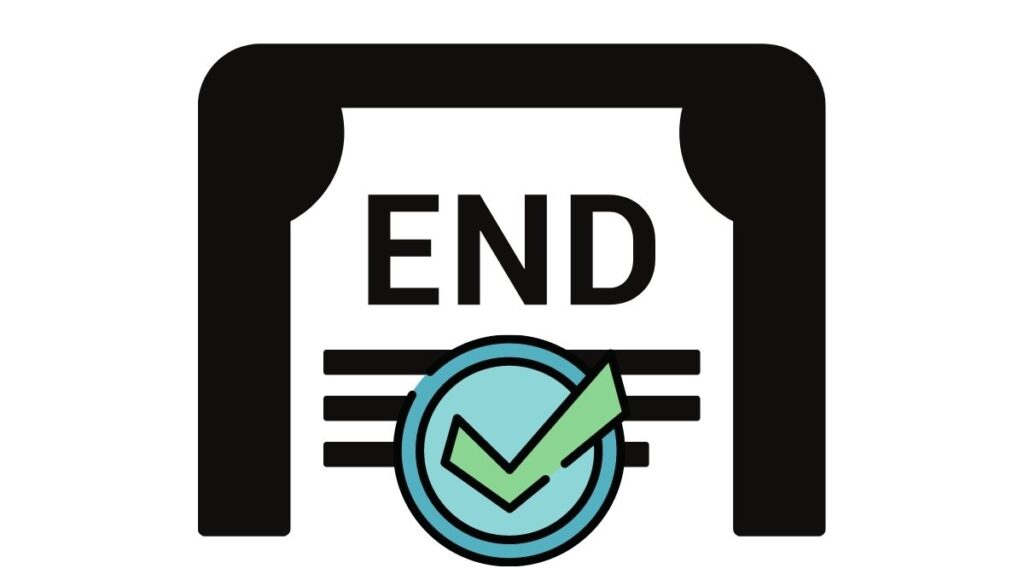
Vipassana meditation is a powerful technique that can help you improve your physical and mental health, enhance your emotional intelligence, and foster your spiritual growth. It can also help you reduce stress and anxiety, improve your concentration and memory, develop compassion and kindness, and achieve inner peace and happiness.
However, Vipassana meditation is not an easy or quick fix. It is a challenging and demanding practice that requires commitment, discipline, and patience. It also has some potential drawbacks and difficulties that you should be aware of before you start.
If you want to learn and practice Vipassana meditation, there are several ways to get started. You can take a 10-day course at a retreat center, learn online or from a book, or join a local group or community. You can also use some of the tips and resources that we have provided in this blog post.
I hope that this blog post has given you some useful information and inspiration about Vipassana meditation. I encourage you to give it a try and see for yourself how it can transform your life.
: [Study on stress reduction by Vipassana]
: [Study on cognitive improvement by Vipassana]
: [Study on emotional intelligence by Vipassana]

Thank you for reading this blog post. I wish you all the best in your journey of Vipassana meditation. 🙏
